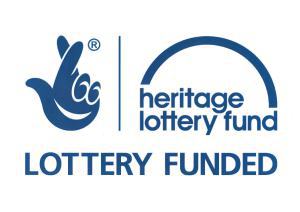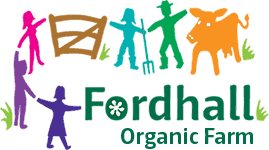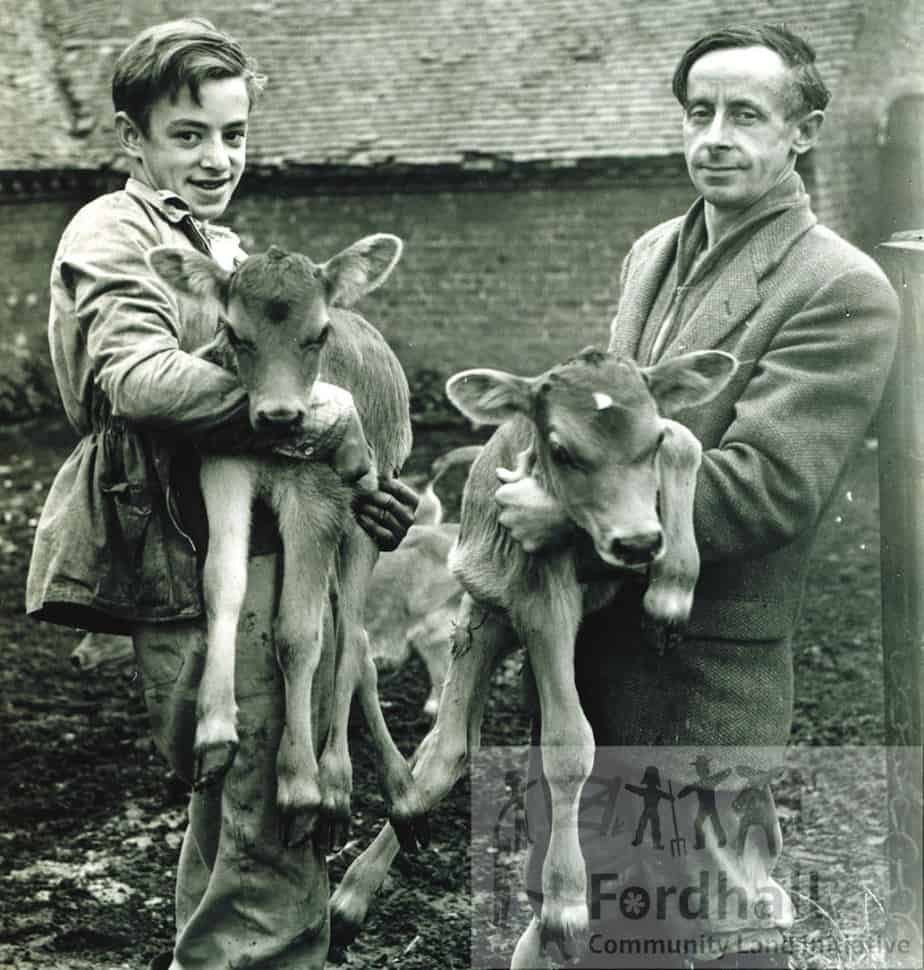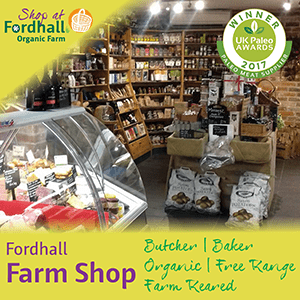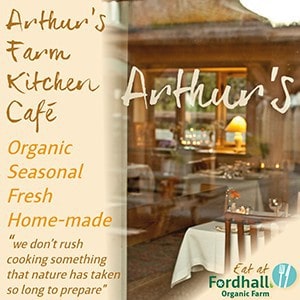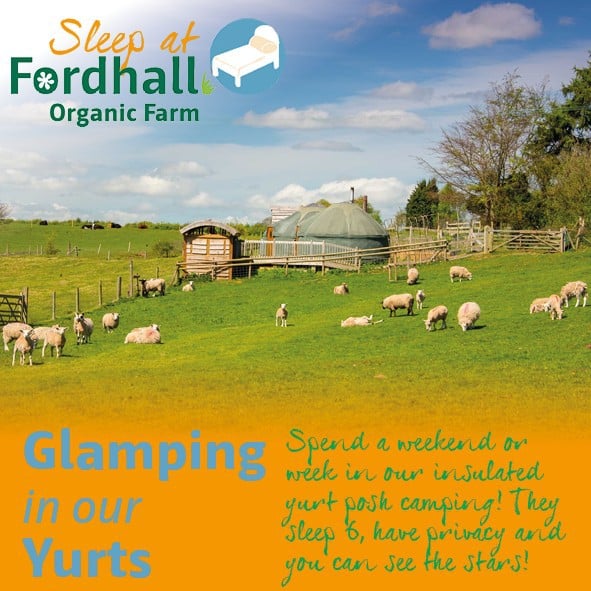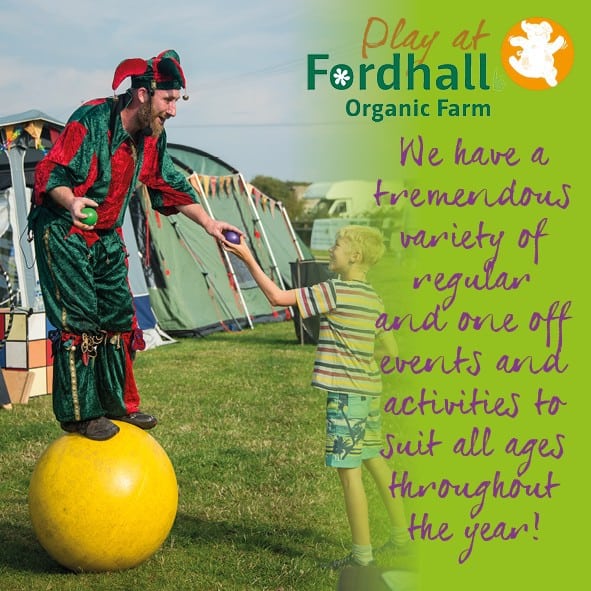By 1951, after two intense years of effort on both the farming and hospitality fronts, Arthur and May were finally able to buy their first pedigree Jersey stock. Following a fact-finding family holiday on Jersey, a small herd of hand-reared cows was shipped to Shropshire; the first step on the Fordhall dairy journey.
As Arthur explained in his book, The Farmer, the Plough and the Devil 1984, Jersey cows were a natural choice: “Their milk was much richer and contained more butter fat than our shorthorns provided. Also, despite their size, their yield of milk was much higher. Since we were processing much of the milk ourselves, these would, we believed, be tremendously advantageous.”
Starting with the original 14 cows, the herd gradually increased in size over the years, building up to 100 cattle by 1961. Compulsory testing for bovine tuberculosis was introduced in the early 1950s, and Fordhall’s cattle were declared TB-free which meant the herd could be advertised as TT (Tuberculin Tested). The milk from these cattle was preferred by the customers. In order to bring the dairy operation up to date Arthur invested in a new milking parlour and a milking machine which Arthur converted to milk four cows at once.
Mays’ niece Mary Cowen came to work at the farm in the early nineteen forties; here she recollects working with the Jersey herd.” From 1942, I used to go to Fordhall for my holidays. I loved it there, I learnt how to hand milk the shorthorn cows and how to stook corn, and various other jobs. When I left school at eighteen I did go to Fordhall as herdswoman. By this time the shorthorns had gone, he had a herd of Jersey and Guernsey cows, he had a lovely new shippon, that’s cowshed, with 32 stalls and a Jersey and Guernsey herd and a milking machine. So again I obviously learnt how to machine milk then. The cows then they were kept in during the winter, just turned out in the yard while we mucked out and washed down and spread new straw. We had a big clamp outside the shippon with turnips and a silage pit, and we grew kale. Every morning I would go out and cut kale and the men would bring it up with the tractor and we fed this to the cows. We’d come up on a freezing cold day from doing this go to the nearest cow and warm my hands up between their legs and the udder. We also had at the end of the shippon the shelf with electric kettle and mugs and drinks on it, so we’d make ourselves a hot drink and go to the nearest cow and squeeze the milk into it. I don’t people would think it’s very hygienic these days, but we did then. The milk was sieved into churns and there was a room in a row of buildings underneath what is now the education centre, and there is a channel in this one room which was filled with cold water and the churns put in there to keep it cool. They would be taken out mid-morning and taken to stand at the bottom of the drive where they would be picked up by the milk lorry, and this went on all the time I was actually there.” Mary Cowen
Arthur began to experiment with keeping his stock outside all winter. At first he tried only half the herd outside during the winter. “But I found they gave the same average yield and in fact they were healthier and went to the spring grass better than those kept inside.” He said. And keeping his stock outside winter and summer has enabled him to cope with the increased milk production without involving himself in more expense for farm buildings. “We have now turned the shippon into a modern milking parlour,” he explained. This system of keeping stock has also another important advantage as far as keeping down expense is concerned. It reduces the cost of labour by half, for instead of employing two or three hands to look after the herd he now employs only one. His present stockman, Stan Worth, milks the total herd in two sections using a battery of six machines. The milk flows along piping direct to the separating machine. Just how successful this system of keeping the herd has been can be measured in figures. Since it was adopted, the average butterfat yield has been nearly five percent, and it has been as high as six percent from individual cows. Staffordshire Sentinel 1957.
As the herd increased in size, all his stock had been bred from the original 14 Jersey cows, so did the scope for other dairy products with the increased milk production.
To learn more about Clotted Cream, The Dairy Adventure Begins click here
